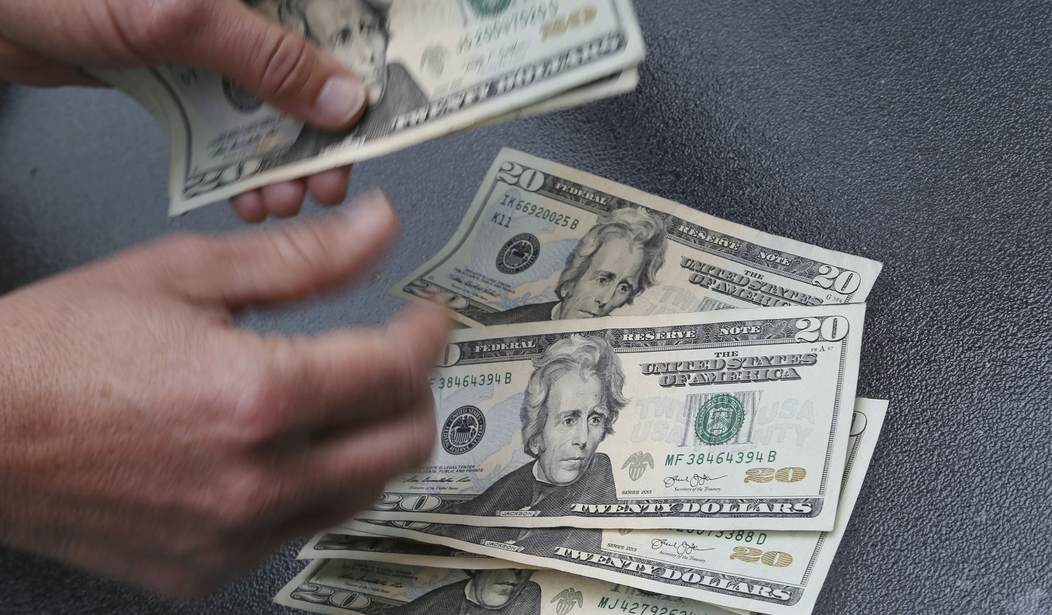California is set to introduce yet another price control scheme that will leave families who turn to short term loans in times of financial crisis extremely vulnerable. Those desperate for a quick cash infusion may be forced to turn to under-regulated lenders who may slip through the cracks in the law and end up gouging consumers with expensive add-ons and fees.
A handful of lending companies will all be exempt from proposed legislation because on paper they already cap their short term interest rates at 36%, the same cap the bill imposes. However, it is only “on paper” because these lenders are notorious for loading up their loans with exorbitant fees, insurance, and other add-on products that end up making the loans far more expensive than current short term loan rates.
An ‘add-on’ in lending is an extra product that is tacked on to the original loan - like credit insurance - in order to drive up the profit margin without raising flags by inflating the APR. Currently there are no requirements for providers to clearly disclose the necessity (or lack thereof, as it were) of those products. It’s a sneaky way to secretly drive up the price of a small loan, thus driving up the profit margin. A Pew report on installment loan services and consumers shows that 77% of those who purchased add-on products for their loans were under the impression such add-ons were mandatory.
Short-term lending is by nature a risky market. People in comfortable economic brackets don’t turn to the short term loan market in emergencies. They have savings, income, connections and banks to help. In a state like California where a large portion of the population is unbanked or underbanked, short term loans are one of the last safety nets available. However, a lender needs to account for risk. For the unbanked and low-income earners that risk is accounted for in the high interest rate. Banks have tried and failed to offer short term loans at “reasonable” APRs but studies show that even at a 36% interest rate it is nearly impossible to operate such a product at a profit. Thus all the add-ons that some providers try to sneak in.
Recommended
In a brilliant op-ed Ray Haynes explains how these three companies use deceptive practices to hide the real final cost of the short term loans they provide.
That is because [the] lenders who offer these lower interest rates are not entirely honest with the borrowers. They engage in a practice known as “loan packing,” that is, they use undisclosed or deceptive practices to increase their profits by adding on “products” that are of little value to the customer, but create large amounts of revenue to the lender, that more than make up for the lost interest. So, if you are an honest broker of high risk, low dollar loans, you charge 50% to 100% interest on the loan to make up for the high default rate b y non-creditworthy borrowers. If you are a dishonest broker you lure the borrower in with a promise of lower interest rates, then stick them with add-ons like credit insurance or “debt protection” products which add lots of revenue to the lender with little benefit to the consumer. So, if a competitor wants to compete with the dishonest companies, they have to be dishonest too.
It’s a story as old as time…the more a government picks the winners and losers through regulations the more corruption it creates. California is a singularly tragic example of this old adage. Corruption runs rampant in this state where the government controls a larger portion of the economy than nearly any other state in the union.
The important thing is that people have access to credit and that this credit is transparent. Consumers who sign up for these loans shouldn’t be hit with hidden fees or costs.
New regulations will drive transparent lenders out of the market and the unregulated lenders will not only be able to fill the vacuum but claim lower rates while adding on numerous products, deceptively making them seem mandatory.
As it stands now, this is all yet another scheme to pick winners and losers in the “free” markets. Sadly, in this case the losers will not only be established, reputable short-term lenders but also the people of California who are already the most financially vulnerable.

























Join the conversation as a VIP Member